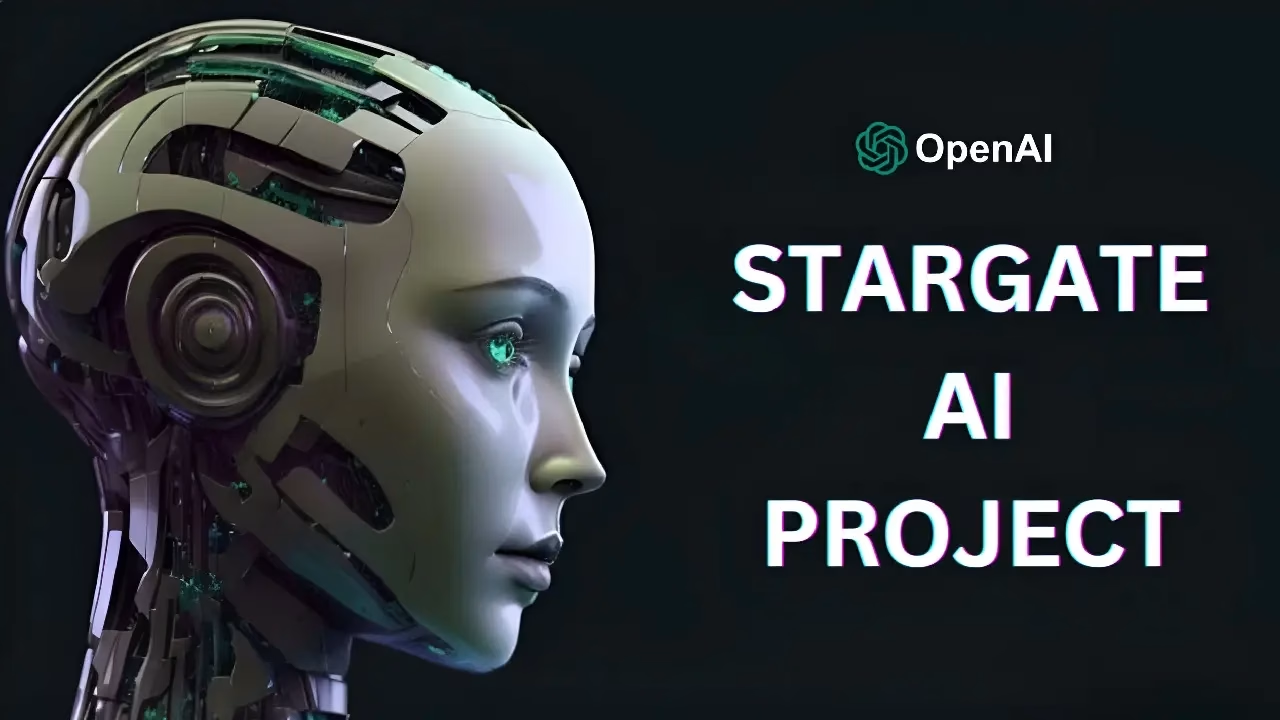The $500 Billion Dream Deferred: SoftBank and OpenAI's Stargate Project Hits Turbulence
When SoftBank and OpenAI first floated the idea of a $500 billion AI infrastructure project, dubbed "Stargate," it certainly captured the imagination. Half a trillion dollars! That's a sum so colossal it almost defies comprehension, isn't it? It painted a picture of an AI future arriving at warp speed, powered by an unprecedented network of data centers. The initial buzz, especially coming out of the White House, suggested a monumental leap forward, a true game-changer for the burgeoning AI industry. Masayoshi Son, SoftBank's visionary (and sometimes overly ambitious) leader, seemed poised to once again make a splash of epic proportions.
The Grand Vision Meets Ground-Level Reality
The vision was clear: build a network of cutting-edge data centers, starting in places like Texas, to provide the sheer computational horsepower needed for the next generation of AI models. We're talking about the kind of infrastructure that could make today's supercomputers look like abacuses. OpenAI, with its insatiable demand for processing power to train ever-larger models, was the obvious beneficiary, and SoftBank, with its deep pockets and a history of bold, if sometimes risky, investments, seemed like the perfect partner. It was a partnership that promised to accelerate AI development beyond anything we'd seen.
But here's the rub. Fast forward to today, and that half-a-trillion-dollar dream is, well, struggling to get off the ground. It's not just a minor hiccup; it appears to be a significant scaling back of ambitions.
Stargate's Current Predicament: A Downsized Reality
This isn't just a delay; it's a recalibration, a reality check on the sheer logistical and financial complexities involved in building infrastructure at this scale. It's one thing to announce a vision; it's quite another to execute it. And that's where things get tricky.
Unpacking the Hurdles: Why Such a Struggle?
Then there's the market context. The AI industry is currently riding a wave of intense investment and sky-high valuations. There's a palpable "fear of missing out" driving many of these mega-deals. But the Stargate situation highlights a crucial distinction between investment hype and practical execution. It's easy to throw money at a concept, but building the physical backbone for that concept is an entirely different beast. It requires meticulous planning, a robust supply chain, and an army of engineers and construction workers. And let's not forget the competition for resources, from skilled labor to critical components.
Broader Implications for the AI Infrastructure Landscape
The struggles of Stargate aren't just a story about one ambitious project; they offer a crucial lesson for the entire AI industry.
- A Reality Check on Scale: It underscores the immense challenges in building truly large-scale AI infrastructure. Even with deep pockets, the physical and logistical constraints are formidable. This isn't just about throwing money at a problem; it's about overcoming real-world bottlenecks.
- Investor Confidence: While the AI sector remains hot, delays and significant scaling back of such high-profile projects could temper investor enthusiasm for similar mega-initiatives. It might shift focus from sheer scale to more pragmatic, phased approaches.
- Pace of AI Advancement: If building these foundational compute layers proves this difficult, it could inadvertently slow down the pace of AI advancement, particularly for models that require unprecedented computational resources. The bottleneck isn't just in algorithms; it's in the silicon and the power grid.
Lessons Learned and the Path Forward
What can we take away from this? Perhaps it's a reminder that even in the fast-paced world of AI, the physical world still imposes its own rules. Building infrastructure is slow, expensive, and fraught with challenges. It's not like developing a new software algorithm that can be iterated on rapidly.
For SoftBank and OpenAI, the path forward likely involves a more incremental, perhaps even iterative, approach. Starting smaller, proving the concept, and then scaling up. It's less glamorous than a half-trillion-dollar announcement, but it might be the only realistic way to achieve their long-term goals. The dream of Stargate might still be alive, but it seems it's going to be a much longer, more arduous journey than initially envisioned. And that, I think, is a valuable lesson for everyone in the AI space.
